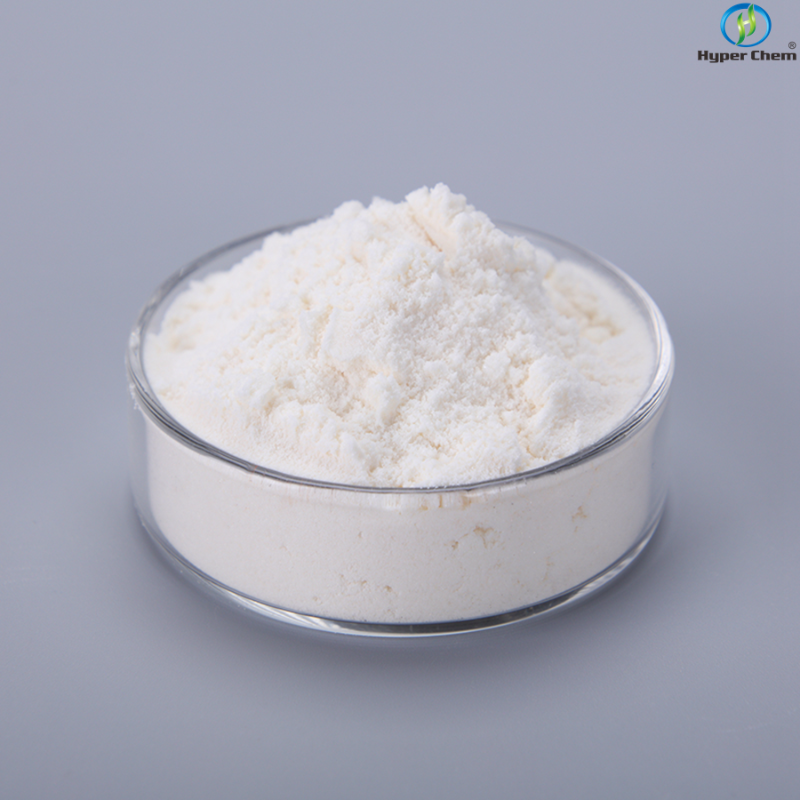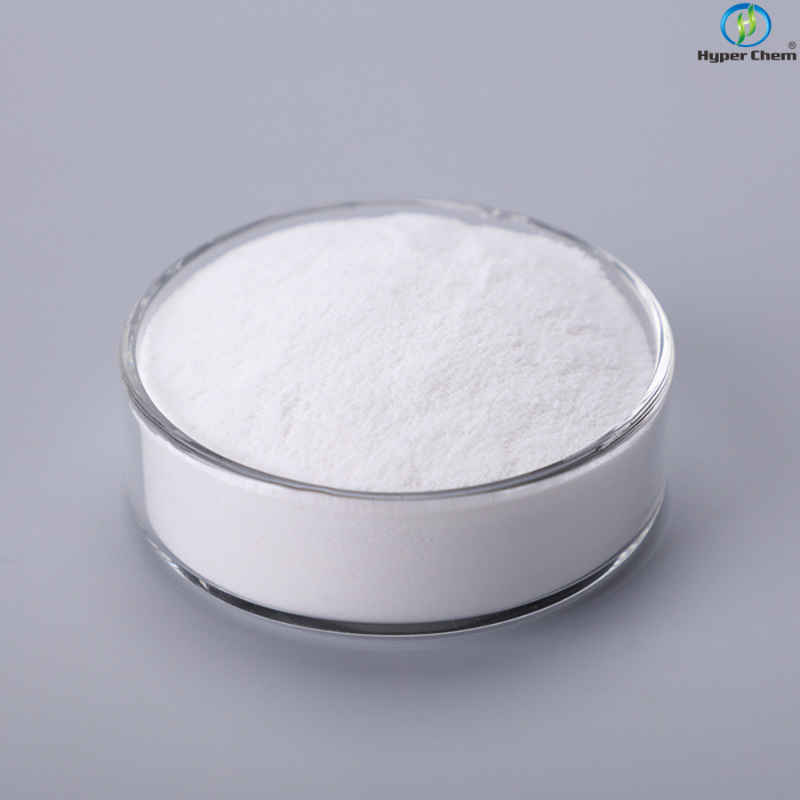-
Categories
-
Pharmaceutical Intermediates
-
Active Pharmaceutical Ingredients
-
Food Additives
- Industrial Coatings
- Agrochemicals
- Dyes and Pigments
- Surfactant
- Flavors and Fragrances
- Chemical Reagents
- Catalyst and Auxiliary
- Natural Products
- Inorganic Chemistry
-
Organic Chemistry
-
Biochemical Engineering
- Analytical Chemistry
-
Cosmetic Ingredient
- Water Treatment Chemical
-
Pharmaceutical Intermediates
Promotion
ECHEMI Mall
Wholesale
Weekly Price
Exhibition
News
-
Trade Service
Fluorodeoxyglucose positron emission tomography/computed tomography (FDG-PET/CT) (interim PET, iPET) after 1-4 cycles of induction chemotherapy predicts the outcome
of aggressive non-Hodgkin lymphoma (NHL).
The PETAL trial evaluated whether intensive therapy prolongs event-free survival (EFS)
in patients with positive iPET results.
In routine clinical and PETAL studies, the evaluation of iPET depends entirely on the manifestations of lymphoma lesions with the strongest FDG uptake values, which is the basis of
the Deauville and delta-SUVmax evaluation methods.
The researchers who performed post-hoc analysis of the PETAL trial first used the PET data of the PETAL test to investigate whether the average FDG uptake value of lymphoma lesions predicted the patient's time to progression (TTP); Second, it investigated whether comprehensive iPET analysis could identify subgroups of patients
who would benefit from intensive therapy.
Research methods
Study results
Conclusion of the study
of aggressive non-Hodgkin lymphoma (NHL).
The PETAL trial evaluated whether intensive therapy prolongs event-free survival (EFS)
in patients with positive iPET results.
In routine clinical and PETAL studies, the evaluation of iPET depends entirely on the manifestations of lymphoma lesions with the strongest FDG uptake values, which is the basis of
the Deauville and delta-SUVmax evaluation methods.
The researchers who performed post-hoc analysis of the PETAL trial first used the PET data of the PETAL test to investigate whether the average FDG uptake value of lymphoma lesions predicted the patient's time to progression (TTP); Second, it investigated whether comprehensive iPET analysis could identify subgroups of patients
who would benefit from intensive therapy.
Research methods
Of all patients enrolled in the PETAL trial (N = 862), only patients
who underwent FDG-PET/CT scans were included for post-hoc analysis.
The flow chart of the patients enrolled in this study is shown in Figure 1; The characteristics of the enrolled patients are detailed in Table 1
.
The primary endpoint of the study was TTP, defined as the time from
mid-term PET to disease progression.
Randomization of iPET evaluation using the delta-SUVmax approach: FDG uptake in high-uptake lesions decreased > 66% of patients were considered negative for interim PET compared to baseline scanning; Patients with less, increased, or new lesions are considered positive
scans.
Figure 1: Flow chart of patients included in the study
Table 1: Characteristics of patients included in the studies
Study results
Patient characteristics
The post-hoc analysis of the PETAL study included a total of 483 patients, of whom 397 were randomized to 6×RCHOP and 6× R-CHOP+2 R; iPET positivity was observed in 59 patients randomized to 8×(R-)CHOP or 2×(R-)CHOP and following the Burkitt regimen; Detailed patient characteristics are shown in Table 1
.
Figure 2 shows the TTP
of the Deauville scale, average SUV AI, or maximum SUVAI dichotomous queue.
Figure 2: Deauville scores TTP for patients with different stratifications compared to average SUV AI and max-SUVAI
Effect of intensive therapy in randomized cohorts on patient outcomes
In the interim PET-negative group, there was no statistically significant difference in TTP in patients receiving 6× RCHOP or 6× R-CHOP+2R (Figure 3A); Similarly, there was no statistically significant difference in TTP in patients treated with 8× (R-)CHOP or 2×(R-)CHOP sequential Burkitt regimens in the interim PET-positive group (Figure 4A
).
To identify patients in the iPET-negative subgroup who would benefit from additional rituximab intensive therapy
The optimal average SUVAI threshold (SUV 4.
89) for patient stratification in the interim PET-negative subgroup was used to group patients into high versus low PET uptake groups (Figure 3).
Among patients with high average SUVAI, TTP was significantly longer in patients treated with 6× R-CHOP+2 R than in patients treated with 6× R-CHOP (median TTP was less than 52 months; p<0.
05).
This is not the case with the conventional indicator max-SUVmanual or the decline in SUVmax between baseline and mid-term PET (Figure 3), so it is not possible to identify subgroups
that benefit from therapeutic interventions.
Figure 3: Efficacy of additional rituximab in patients with negative interim PET scan
Identify patients in the iPET-positive subgroup who could not benefit from the Burkitt intensive regimen
In a multivariate Cox regression analysis with corrected treatment regimens [8×(R-)CHOP vs 2×(R-)CHOP followed by Burkitt protocol], mean SUV AI, and IPI scores, the interaction term (treatment regimen × mean SUVAI) was not a statistically significant predictor of TTP (p>0.
05).
However, average SUVAI is a statistically significant predictor of TTP (p<0.
05).
The optimal average SUVAI threshold (SUV 4.
78) stratified by patients in the medium-term PET-positive subgroup was used to divide patients into high uptake and low uptake groups
.
All patients
randomized to either ×(R-)CHOP or 2×(R-)CHOP followed by the Burkitt regimen were further analyzed.
In the average SUVAI high uptake group, patients treated with Burkitt regimen had significantly shorter TTPs than those who continued to receive (R-)CHOP, with median TTPs of 4 vs 14 months (p<0.
01; Figure 5),
respectively.
In addition, the extent of the decline in SUVmax between baseline and mid-term PET by conventional PET metric max-SUVmanual can also determine subgroup patients who receive a subgroup of patients receiving the Burkitt regimen with a poor prognosis (Figure 4).
In patients with low mean SUVAI, no statistically significant difference in TTP between treatment groups was observed (median TTP 28 versus 30 months, respectively; p>0.
05)
。
Figure 4: Prognostic effect of Burkitt regimen intensive therapy in the subgroup of patients with positive interim PET scan
Conclusion of the study
The results suggest that a comprehensive analysis of interim FDG-PET in patients with aggressive NHL is feasible
.
In the PETAL trial, this new approach identified patients
who would benefit from the prescribed intensive treatment regimen.
Future studies should evaluate interim PET evaluation using automated image analysis to identify patients
who may benefit from treatment changes.
References
Robert Seifert , David Kersting , Christoph Rischpler, et al.
Interim FDG-PET analysis to identify patients with aggressive non-Hodgkin lymphoma who benefit from treatment intensification: a post-hoc analysis of the PETAL trial.
Leukemia.
2022 Oct 14.
Revised: Quinta
Typesetting: Quinta
Execution: Moly
Disclaimer: This platform is designed to deliver more medical information
to healthcare professionals.
The content published on this platform cannot replace professional medical guidance in any way, nor should it be regarded as diagnosis and treatment advice
.
If such information is used for purposes other than understanding medical information, this platform does not assume relevant responsibilities
.
The content published by this platform does not mean that it agrees with its description and views
.
If copyright issues are involved, please contact us and we will deal with
it as soon as possible.
Poke "Read Original" to see more







